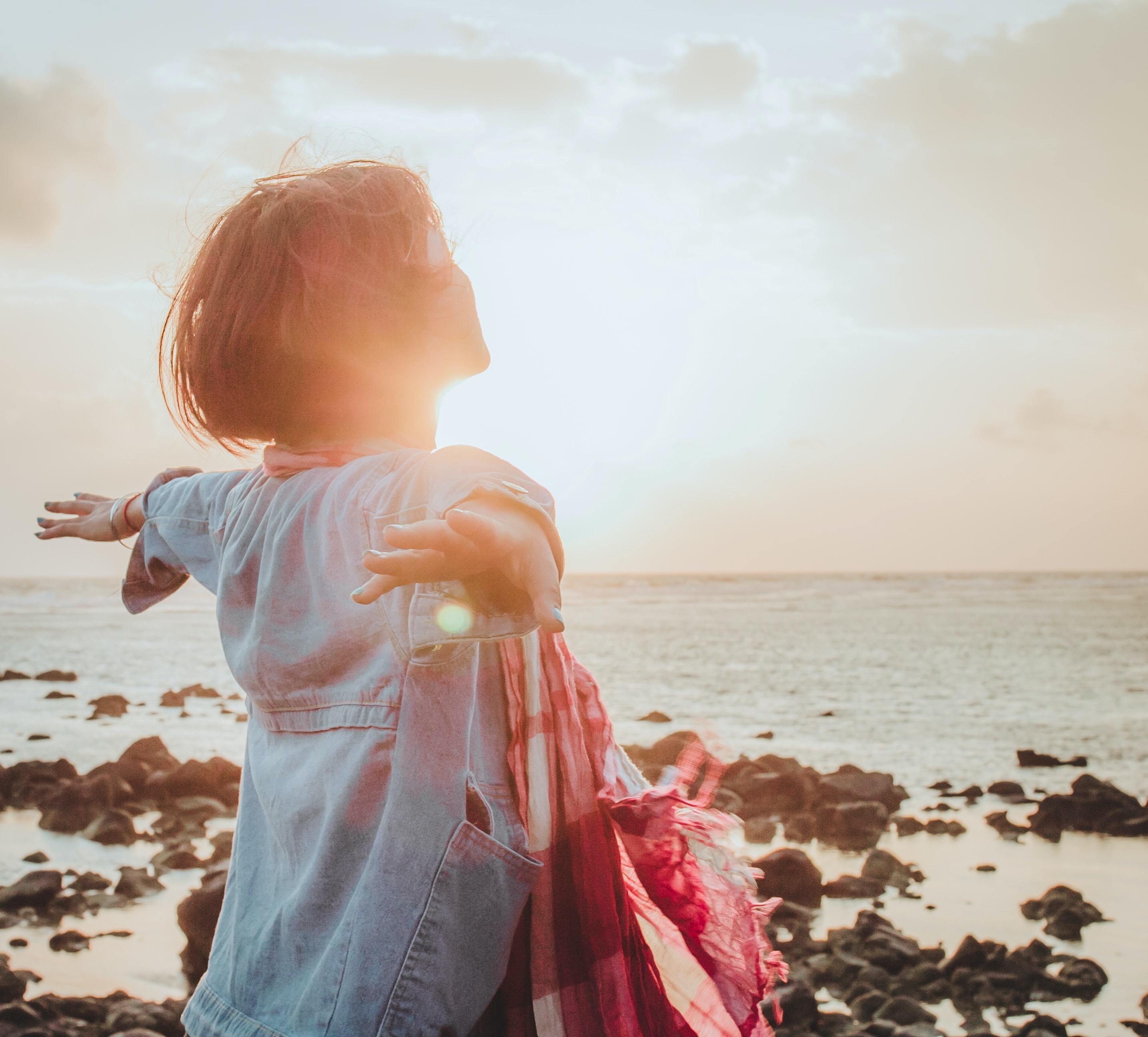If you enjoyed an Aussie childhood in the sun you will know by heart the slip, slop, slap message for sun safety.
Sunscreen is a staple product in every Australian home, but what exactly is sunscreen made of and how does it work?

Chemical VS Mineral Sunscreen
Mineral sunscreens have hit the market in Australia in a big way. They offer a less toxic alternative to the popular chemical sunscreens of the past.
A mineral sunscreen uses minerals as its core active ingredients, such as zinc oxide and titanium dioxide. They are a ‘physical’ sunscreen in the sense that they provide a barrier between your skin and the sun’s rays, they act like a mirror to bounce away harmful UV light.
Chemical sunscreens are what people are more familiar with, they use synthetic compounds like oxybenzone, octisalate, avobenzone and 4-methylbenzylidene camphor, they create a chemical reaction on the skin that transforms UV rays from the sun into heat that is released back into the air.
Debate on safety
There is ongoing debate about chemical sunscreens and how it’s active ingredients affect our bodies, we believe at La Paisible to live as low toxic as possible and seek out natural alternatives where we can.
Chemical Sunscreens have also unfortunately been shown to damage the beautiful Australian coral reefs, you can read more about that here: https://greatbarrierreeftourscairns.com.au/blog/how-does-sunscreen-damage-the-reef/
What is an SPF rating?
SPF stands for Sun Protection Factor, they are numbers giving an approximate indication of how much protection the screen will provide.
At first glance, SPF ratings can be confusing. The Australian Standard for sunscreens gives a maximum rating of SPF 50 but generally, most sunscreens sit around SPF30. The difference isn’t so much about UV protection but how much UV radiation the screen filters out. So, an SPF 50 sunscreen will filter 98% of UV radiation, and an SPF30 product filters about 96.7%, both give adequate protection.
Everyone’s skin is unique and will take different lengths of time to burn. An SPF extends the time your skin can be exposed to the sun before burning. For example, if you get burnt after 10 minutes of sun exposure, and SPF30 sunscreen is going to give you 30 x 10 minutes, which is five hours.
But don’t be fooled! Sunscreens rub off over time with activity and perspiration or exposure to water, which is why most sunscreens will instruct you to regularly reapply.
This is why it’s important to also seek shade and cover exposed skin with a hat and long sleeves if spending hours in the sun.

Sun and Vitamin D
A common concern for sun-smart Aussies is are they compromising their Vitamin D absorption by covering up and staying out of the sun?
The short answer is no, your skin will still be able to absorb Vitamin D from incidental sun exposure.
Babies and Sensitive Skin
We know babies have the most beautiful and precious skin. An infant’s skin is thinner and more sensitive than an adult’s, which is why we strongly recommend a non-toxic sunscreen for babies and children.
Babies should be kept out of direct sun exposure where possible and a natural sunscreen like our new Wot Not sunscreens are a good natural option for their sensitive skin.
Adults with sensitive skin often find they react to chemical sunscreens, a natural alternative is a perfect option as they are much more gentle on skin.
Check your labels for toxic ingredients that may have been added to make the sunscreen more smooth or wearable such as parabens, phthalates, sodium laureth sulfate, and fragrance.
See our new range of Wot Not Sunscreens at La Paisible: https://lapaisible.biz/product-category/shop-by-category/skincare/


